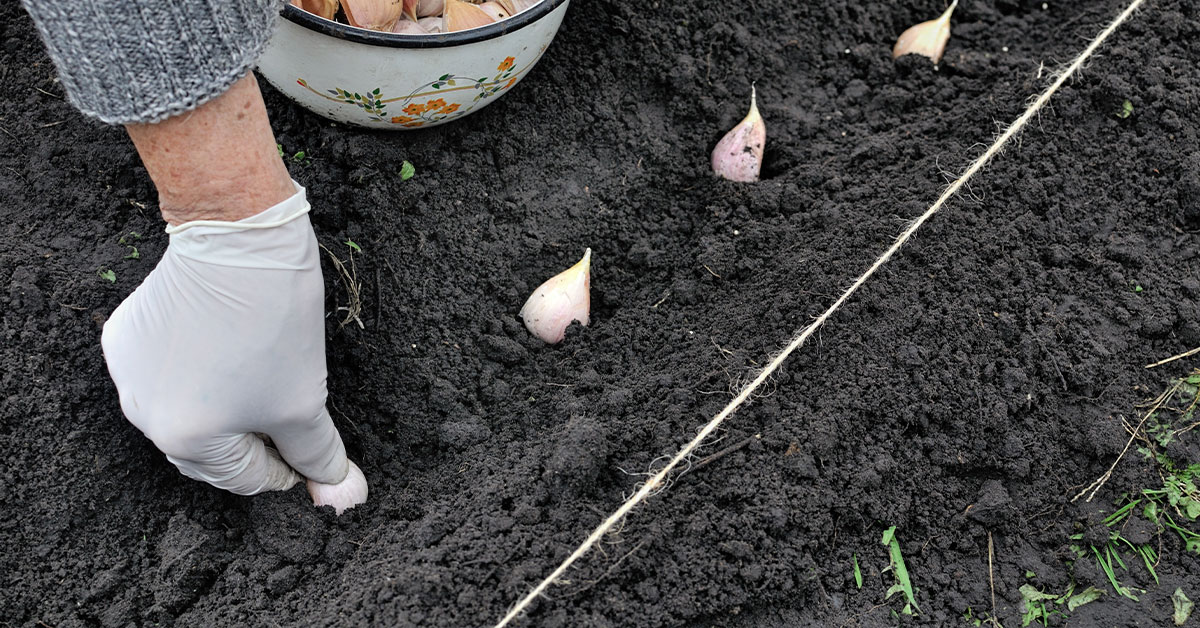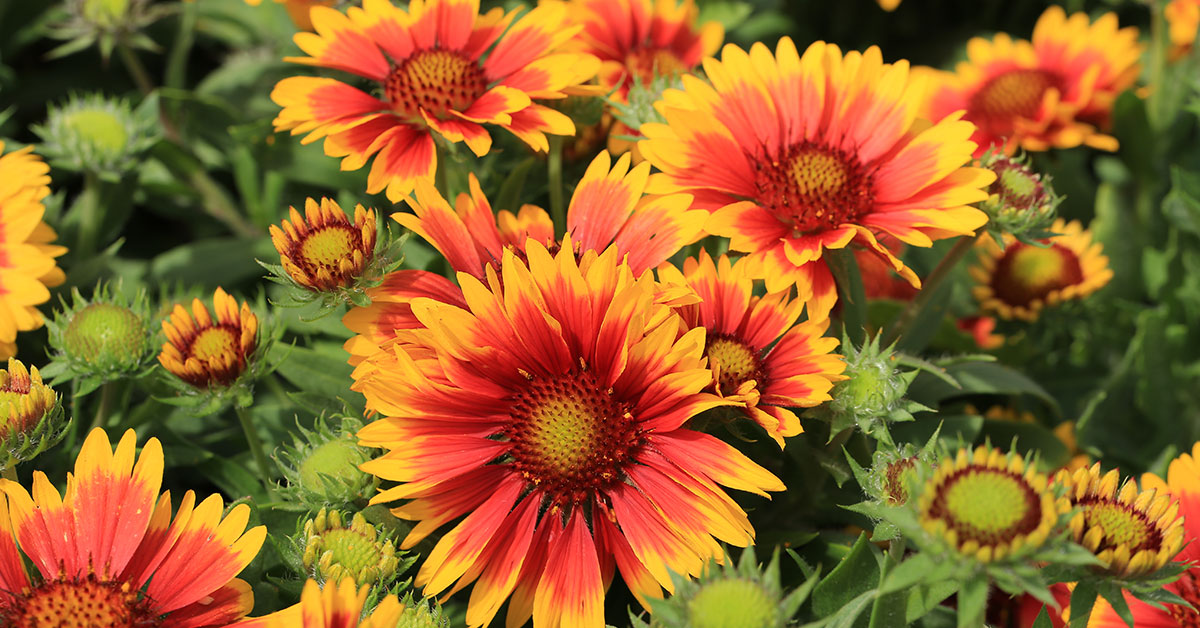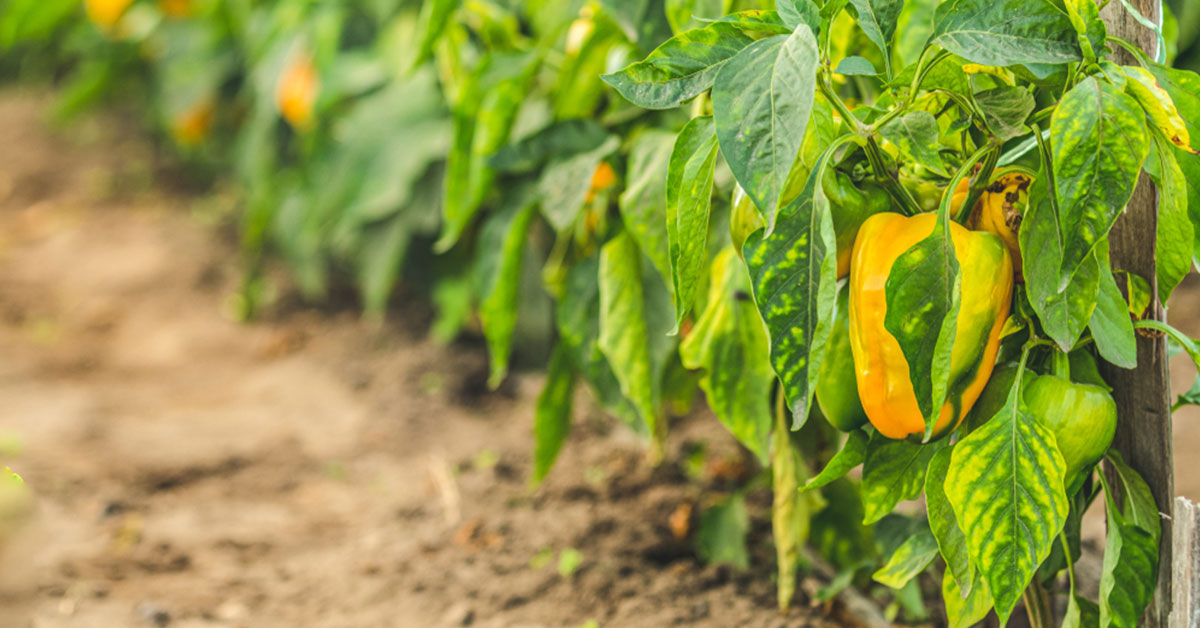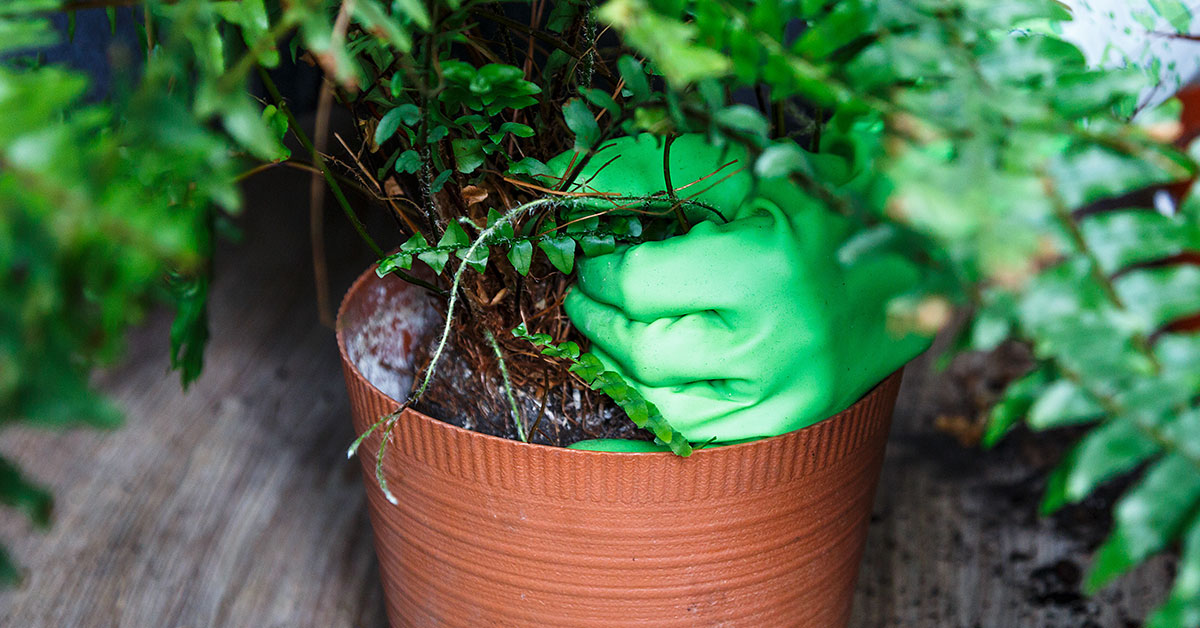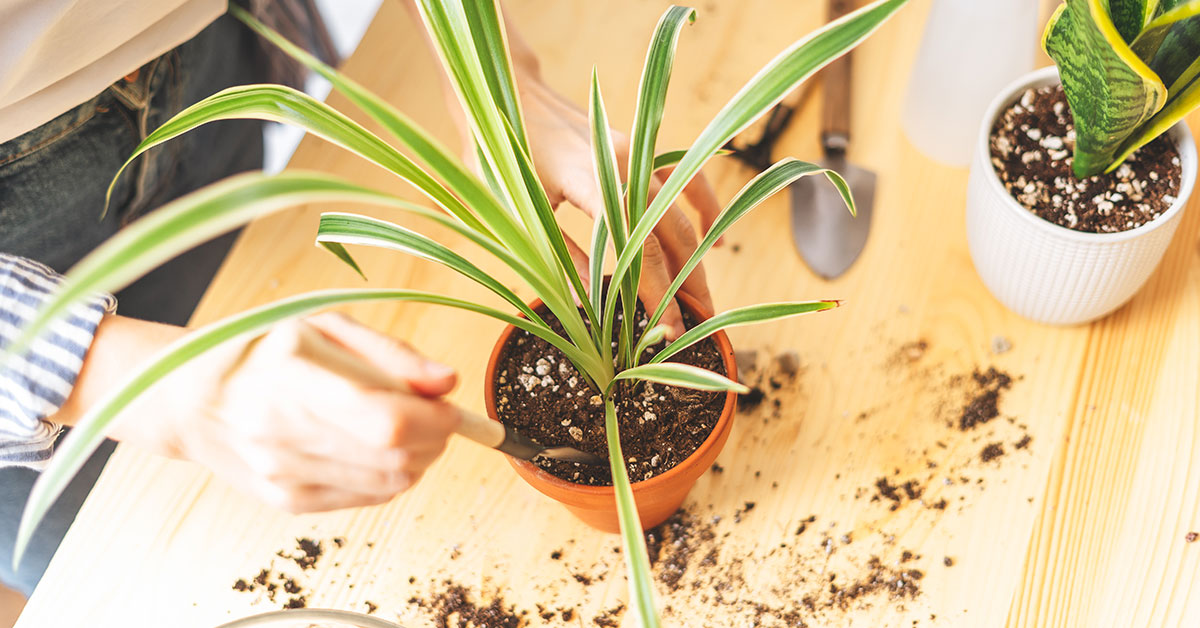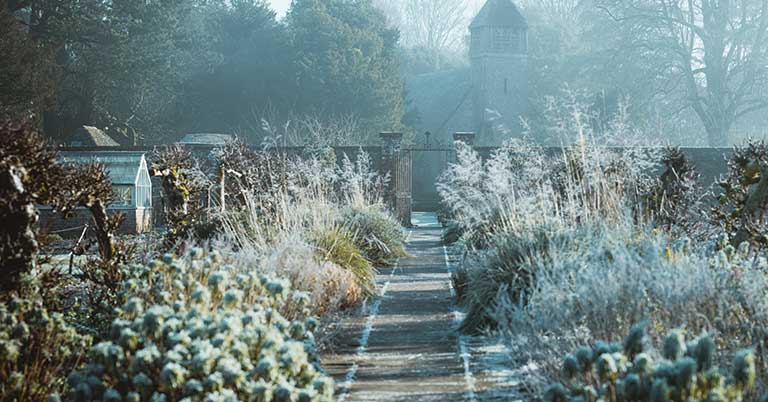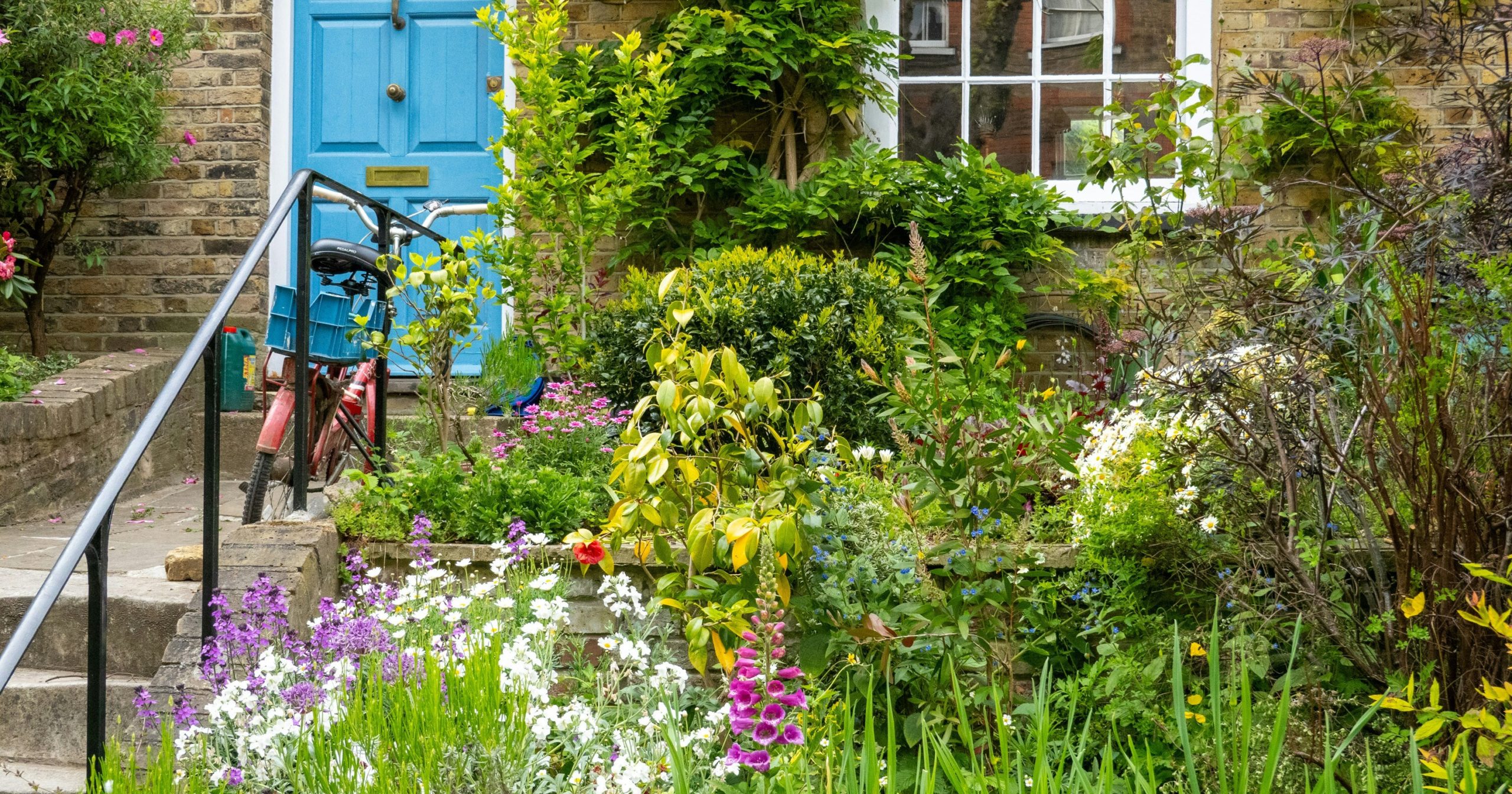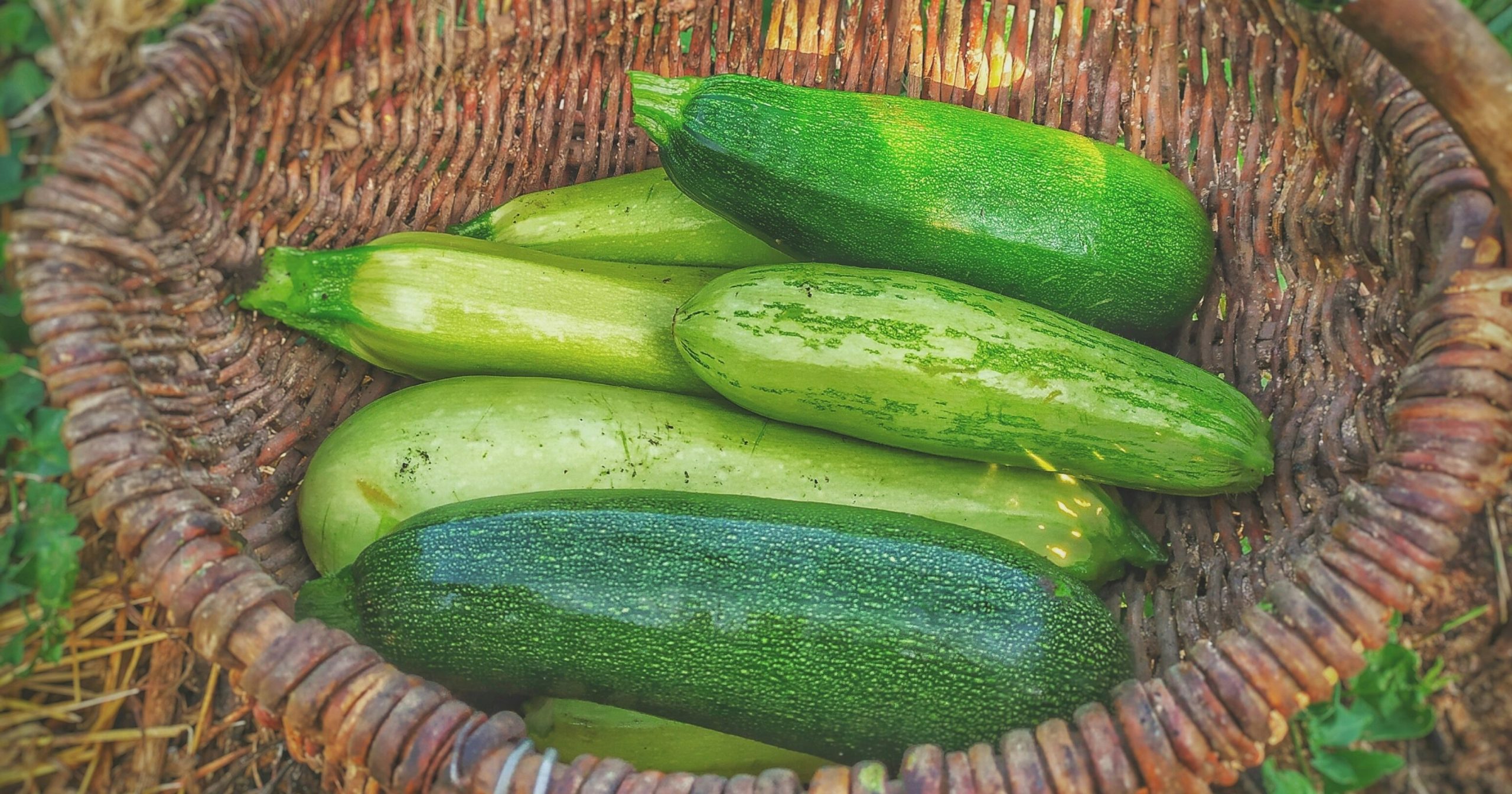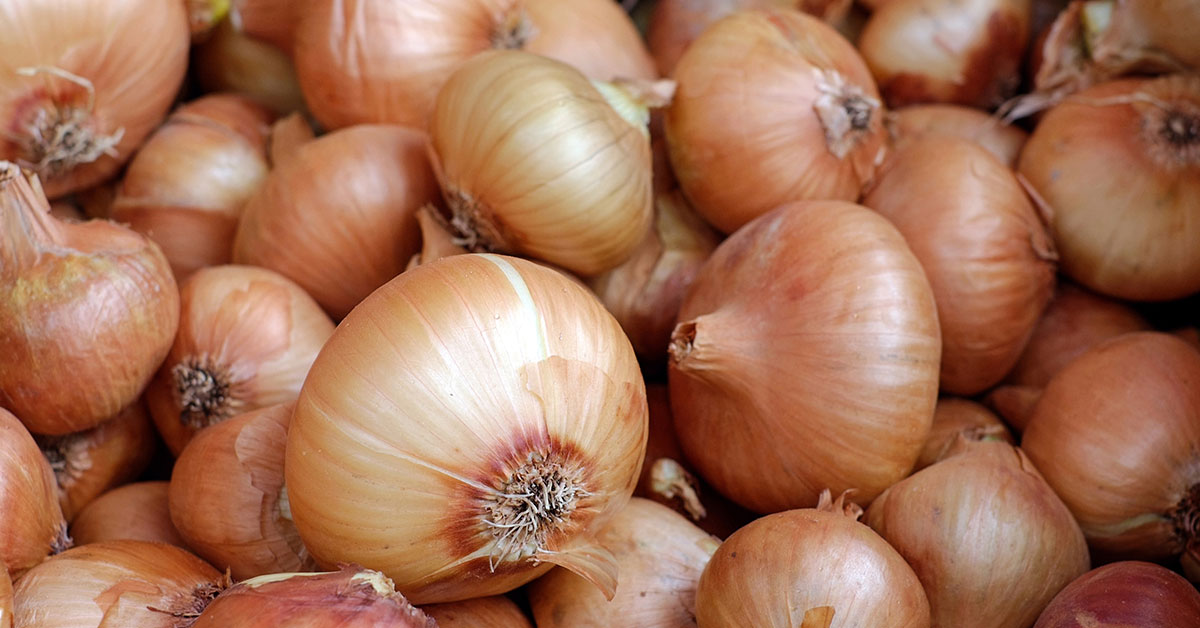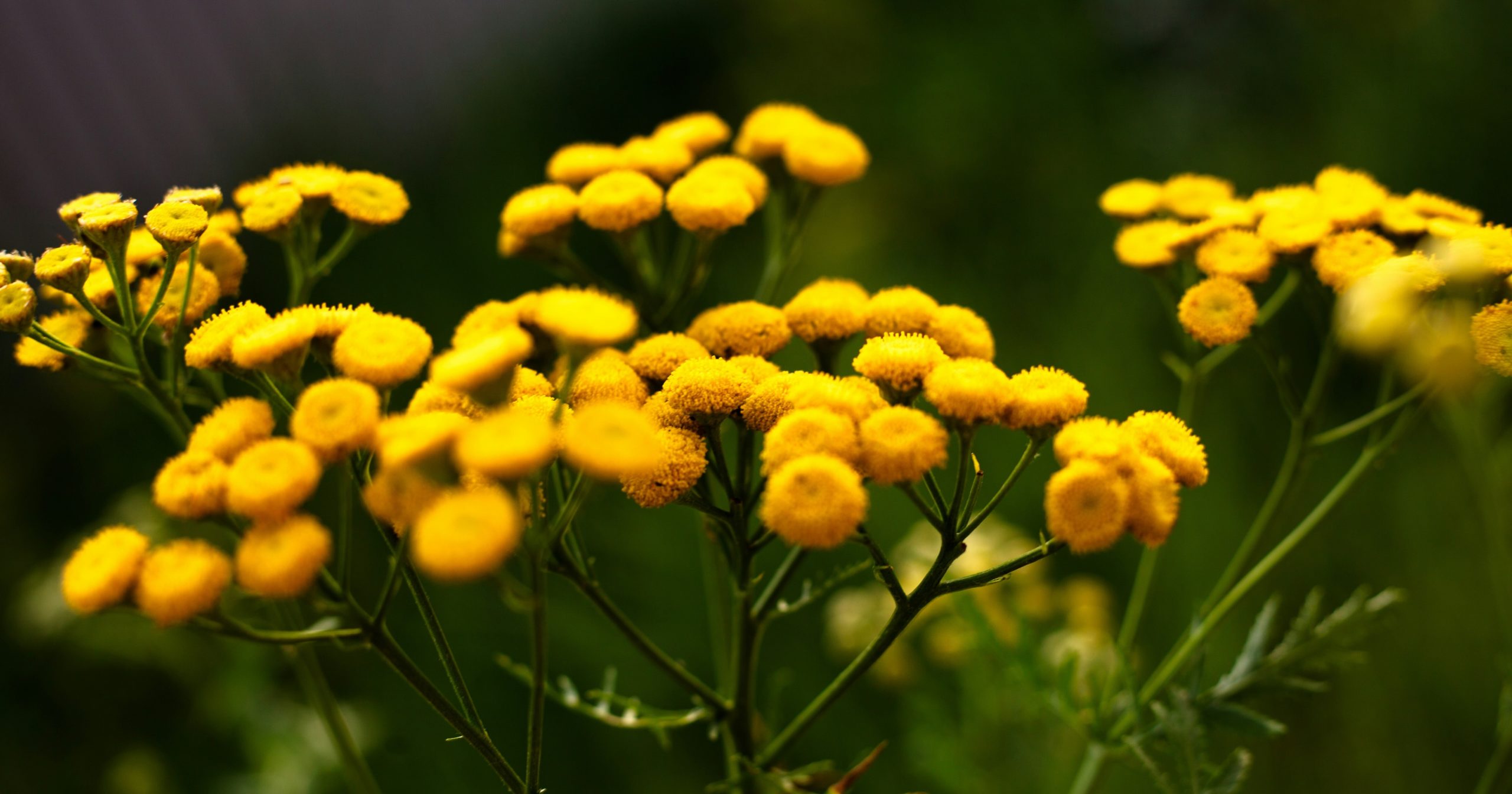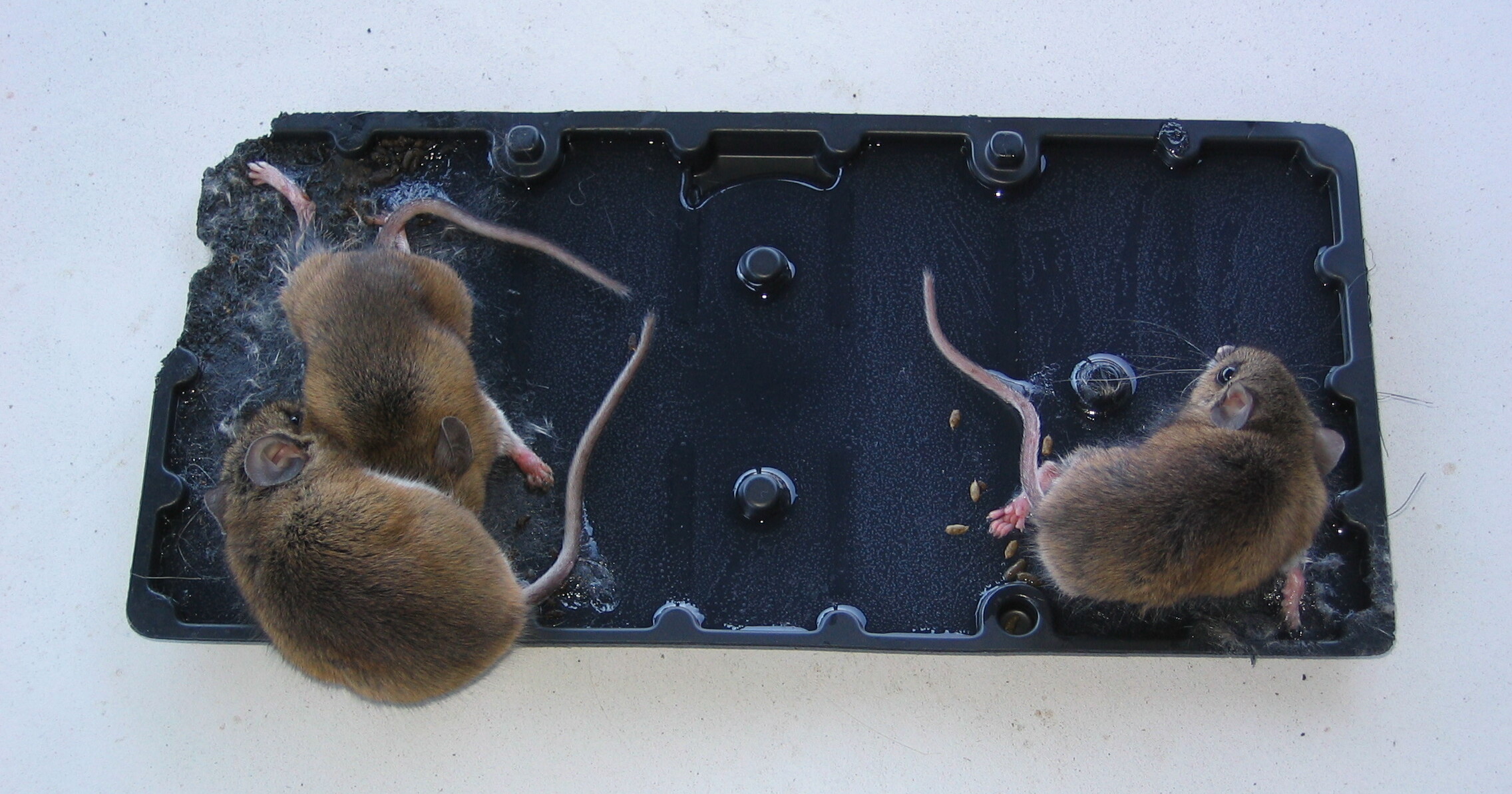Growing garlic in Nevada has become a popular activity for many gardeners who are looking for a way to enjoy the freshness and flavor of homegrown garlic. Nevada’s mild climate and long growing season make it an ideal environment for growing garlic, with some varieties even able to be harvested year-round. With a little care and attention, gardeners can grow their own garlic and enjoy a delicious crop of flavorful bulbs. From spacing the cloves properly, to harvesting and curing the garlic, this article will provide helpful tips for growing garlic in Nevada.
Nevada’s climate and hardiness zones
Nevada is a state in the western United States, known for its vast desert landscapes, mountain ranges, and wide-open spaces. It is home to a varied climate, ranging from arid desert to snowy mountains, making it a great destination for those who enjoy outdoor activities. Nevada has four distinct climate zones, each with its own USDA hardiness zone.
The northern and central parts of Nevada are characterized by a semi-arid climate, with warm summers and cold winters, and low precipitation. This region has a USDA hardiness zone of 5b. The southern part of Nevada has a hot desert climate, with hot temperatures in the summer, and mild winters. This region has a USDA hardiness zone of 8a. The eastern part of Nevada has a high mountain climate, with cold winters and short, cool summers. This region has a USDA hardiness zone of 4b. Garlic can be grown in all of Nevada’s hardiness zones.
In addition to the varying climate, Nevada is known for its wide range of elevations. The highest point in the state is Boundary Peak, located in the White Mountains, at an elevation of 13,146 feet. The lowest point in the state is at Badwater Basin in Death Valley, located at an elevation of -282 feet. The wide range of elevations
When to plant spring garlic in Nevada
Garlic can be planted in the spring or fall in Nevada. For spring planting garlic, you will want to purchase some high-quality garlic starter bulbs. You can plant garlic you find in the store, but selecting cloves that are specifically made for growing will yield better results.
When selecting garlic, you want to make sure the bulbs are firm and have no visible signs of decay. Any bulbs which are mushy Once you have your bulbs, you will need to separate the cloves and plant them in the ground.
Garlic can be planted outdoors once the weather has warmed and the soil can be worked. It’s among the earliest crops you can sow in the spring. When planting garlic, make sure to space the cloves at least 6 inches apart in a sunny area with well-drained soil. Plant the cloves two inches deep in the soil so that the pointed end is facing up. Water the garlic regularly and keep it free of weeds.
You can mulch your spring-planted garlic with dried leaves or straw to help retain moisture and suppress the growth of weeds. Garlic planted in the spring in Nevada won’t have as much time to grow as fall-planted garlic, so your harvest in the fall may yield slightly smaller bulbs.
Aged manure, compost, and fresh rabbit manure are all great things to add at this time. I keep rabbits for their manure and always throw on a nice layer of rabbit manure when planting fall garlic.
When to plant fall garlic in Nevada
Some gardeners consider planting garlic in the fall in Nevada to be advantageous because it allows the garlic bulbs to get a head start on the growing season. In the fall, they’ll begin to put down roots but likely won’t send up any growth. Those early roots are important for the plant’s development. As soon as the soil is warm enough to spur new growth, your garlic bulbs will be ready to rock and roll.
The exact timing for planting fall garlic will depend on your climate zone. The old-fashioned rule of thumb is to plant them right after the autumn equinox in September, but if you live in a very cold climate, you may want to get them in the ground a little bit before this date. If you live in a warmer climate, you can probably wait for all the way until the middle of October to get them started. Knowing your climate is key to knowing when exactly to plant your fall garlic.
Planting garlic is extremely easy. If you’ve purchased bulbs from a nursery, you’re going to want to very carefully break up the bulb and free all of the cloves. Don’t get too aggressive! You don’t want to smash any of the bulbs by accident. Gently rubbing them between your hands should liberate the individual cloves.
Dig holes in a row three inches deep and six inches apart from one another. Carefully drop the cloves of garlic into each hole with the pointed side pointing up. Press them gently into the soil. Don’t jam them in too hard or deep. Cover the bulbs with an even layer of soil.
Aged manure, compost, and fresh rabbit manure are all great things to add at this time. I keep rabbits for their manure and always throw on a nice layer of rabbit manure when planting fall garlic.
Caring for garlic plants
Soil: Garlic plants require nutrient-rich, well-draining soil to thrive. Amend the soil with plenty of organic material such as compost or aged manure before planting. Garlic doesn’t do well in compacted, clay soils, so be sure to loosen up the soil!
Sunlight: Garlic needs at least 6 hours of direct sunlight each day, but preferably 8-10 hours of sunlight daily. Choose a location that gets plenty of sunlight. Insufficient sunlight may result in garlic that doesn’t thrive or produce bulbs.
Water: Garlic plants need between 0.5 and 1 inch of water per week, with ideal drainage in the soil. If there is not enough rainfall to reach this amount, it is necessary to water the plants manually to make up for it. Make sure to water deeply and infrequently, as too little or too much water can be damaging to the plants – too little can cause stress, and too much can lead to bulb rot.
Fertilizer: Aged manure, compost, and fresh rabbit manure are all great, natural fertilizers to provide your garlic bulbs. It’s best to provide these once at the time you plant your garlic bulbs.
When to harvest garlic in Nevada
The exact timing for when fall garlic is ready to be harvested in Nevada varies. Typically they’re ready to harvest in late summer to mid-fall. The timing doesn’t matter as much as the appearance of the crop. You know it’s time to harvest your fall garlic when its lower third leaves have turned brown and died, but its upper foliage is still nice and green.
It can be a little hard to know for sure that it’s time to harvest your garlic, but generally, if those bottom leaves are brown, it’s time to harvest. If they’re still green, it’s too early. There will be some green foliage at the tops of the plants, but don’t let that fool you. If those lower leaves are brown, it’s time to get down in the ground and dig up that garlic!
